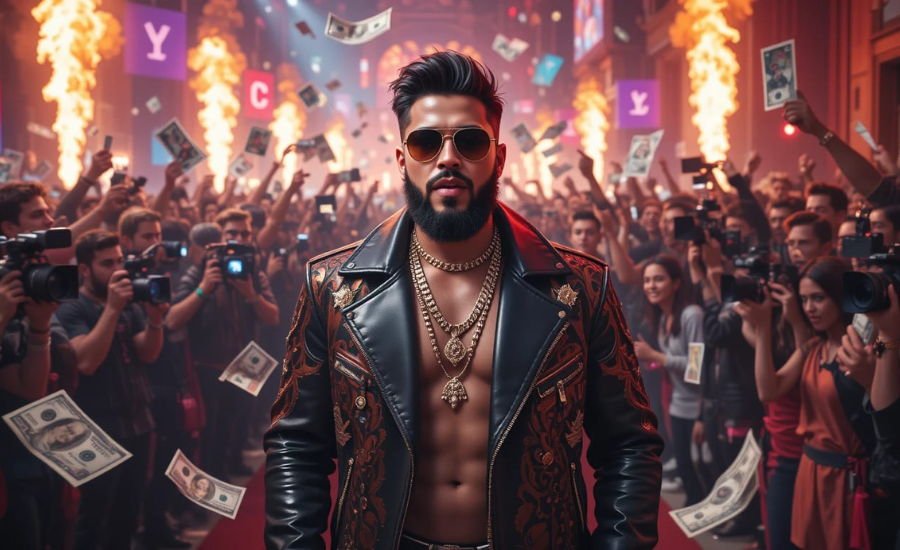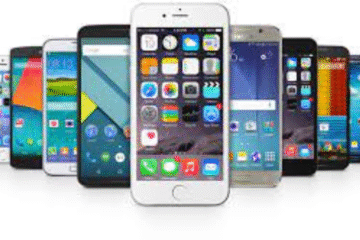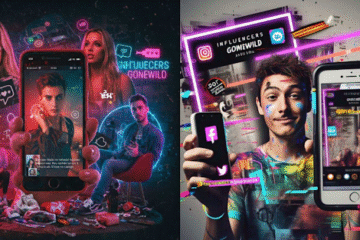In a time where visibility equals value and virality shapes reputations, the boundaries of influencer behavior are being pushed—and often captured—right in the middle of public spaces. Every week, platforms like Influencersgonewild showcase moments where influencers break conventions, test limits, and sometimes face the unintended consequences of their own content choices. Whether it’s a planned stunt, a spontaneous reaction, or a misstep caught by a passerby, these moments raise critical questions about privacy, digital ethics, and the role of public spaces in modern content creation.
This week, the spotlight was once again on influencers behaving boldly in cafes, parks, streets, gyms, and shopping centers. Some were met with applause. Others with criticism. But all of them reflect the same underlying trend—the line between personal branding and public responsibility is growing thinner by the day.
Why Public Spaces Are the New Stages
In the influencer era, content is often valued more for shock and spectacle than for context or depth. The backdrop of everyday life—public transportation, beaches, supermarkets, malls—offers an open audience, natural lighting, and endless opportunities for surprise reactions.
More importantly, public spaces come with unpredictability. A reaction from a stranger, an interruption, or an unplanned moment can turn a reel into a viral phenomenon overnight. That unpredictability is both the magic and the risk.
Creators aren’t just posting from their bedrooms anymore. They’re filming pranks at metro stations, dance routines in parks, and emotional monologues in crowded coffee shops. And when those performances go wrong, or too far, Influencersgonewild is there to document the fallout.
This Week’s Top Public Moments Caught on Camera
1. The Gym Selfie That Escalated
A fitness influencer in Bengaluru was asked to stop filming in a local gym after blocking equipment for a photoshoot. The situation escalated when other gym members confronted her on camera, which she then uploaded with edited captions. The unedited version, later leaked, showed her dismissing staff warnings. Viewers debated whether she was misrepresented or genuinely disruptive. Either way, the incident sparked widespread conversation about influencer etiquette in shared spaces.
2. Street Pranks Gone Wrong
A duo known for street prank videos in Chennai crossed a line when a fake altercation turned into a real one after passersby intervened. The video was taken down after legal notices were issued, but not before being reposted and dissected across platforms. Critics argued that while pranks can be funny, they should not exploit public anxiety or waste public resources like police time.
3. A Proposal for the Views
In Hyderabad, a couple staged an elaborate proposal at a busy traffic signal. Dancers, confetti, and a marching band created a spectacle that blocked vehicles for nearly five minutes. The video went viral, but the backlash was swift. Citizens questioned whether the act was romantic or reckless. Authorities issued a fine for public nuisance, while the couple defended the act as “performance art.”
4. Influencer Yoga at a War Memorial
A yoga influencer in Delhi received backlash after filming stretches and poses at a national war memorial. While the footage itself was calm and composed, viewers found the choice of location insensitive. The post was taken down within hours following public and media criticism. The creator later issued a statement saying she “did not intend to offend and was unaware of the rules.”
5. Vlogging in Hospitals and Temples
Two separate incidents this week showed creators filming inside sensitive locations. One vlogger walked through a government hospital commenting on cleanliness, while another recorded an emotional prayer scene in a temple without consent. Both were criticized for ignoring the sanctity and privacy such places deserve.
The Public’s Response: Applause and Accountability
Not all reactions to influencers in public are negative. In some cases, the audience appreciates creativity and boldness. Street dancers, food reviewers, and spontaneous singers often gain admiration for bringing energy and entertainment to public life. But there’s a fine line between performance and provocation.
Many viewers argue that the issue isn’t public filming itself—it’s how it’s done. Is consent taken? Is the activity disrupting others? Is it respectful of shared space? These questions define how an influencer is received by the public and whether their work builds trust or alienates their audience.
Platforms Like Influencersgonewild: Documenting or Exposing?
Pages like Influencersgonewild thrive on content that blurs ethical boundaries. Some believe these platforms serve a purpose—holding influencers accountable by showing what happens when content creation becomes inconsiderate or extreme. Others believe they contribute to online shaming and encourage public humiliation for clicks.
The truth likely lies somewhere in between. These pages reflect the growing concern about influencer culture, where personal branding is placed above shared norms. But they also sometimes twist narratives for engagement, turning private moments into public spectacle without full context.
The Legal and Ethical Concerns
As more creators use public space as a content set, legal and ethical concerns multiply. Many don’t realize that filming in certain public areas—like religious sites, airports, courts, and hospitals—requires permission. Others ignore local laws around public nuisance, data privacy, and crowd control.
Additionally, filming strangers without their knowledge or consent, especially children or the elderly, can lead to serious consequences. In recent cases, lawsuits have been filed against influencers for filming private individuals and monetizing the footage.
Regulation is slowly catching up. Some cities are drafting digital content guidelines for public safety and space usage. But for now, it’s up to creators to act responsibly.
Creator Responsibility: Setting Boundaries in Public Spaces
Influencers must remember that content may drive their careers, but it shouldn’t come at the cost of disturbing others. Before hitting the record button, creators should ask:
- Does this content respect the space I’m in?
- Is everyone involved aware and consenting?
- Would I be comfortable if someone else filmed me the same way?
It’s also important to consider impact. Not every emotional breakdown or intimate conversation needs to be broadcast. Not every shocking moment needs to be turned into engagement bait. Storytelling has power, and with that comes responsibility.
What Audiences Can Do
As consumers of digital content, audiences play a role too. Choosing what to watch, share, and support influences what gets created. Instead of giving attention to content that exploits or disrespects public spaces, viewers can uplift creators who showcase creativity without chaos.
Educating younger users about digital boundaries and ethics can also prevent harmful trends from taking root. Fame should not come at the expense of public dignity or shared values.
Conclusion
The wave of influencers turning public spaces into performance arenas is not likely to stop. But it can evolve. If creators treat public space with the same respect they’d expect in their own homes, the results can be beautiful, inclusive, and uplifting.
This week’s incidents serve as a reminder—what you do in public, especially in front of a camera, stays with you. Whether celebrated or condemned, every reel reflects not just a moment, but a mindset.
As platforms like Influencersgonewild continue to chronicle the edges of digital behavior, perhaps the conversation we need is not about silencing creators, but about encouraging smarter, more ethical content. Because visibility is powerful—but how it’s used defines the future of digital culture.


